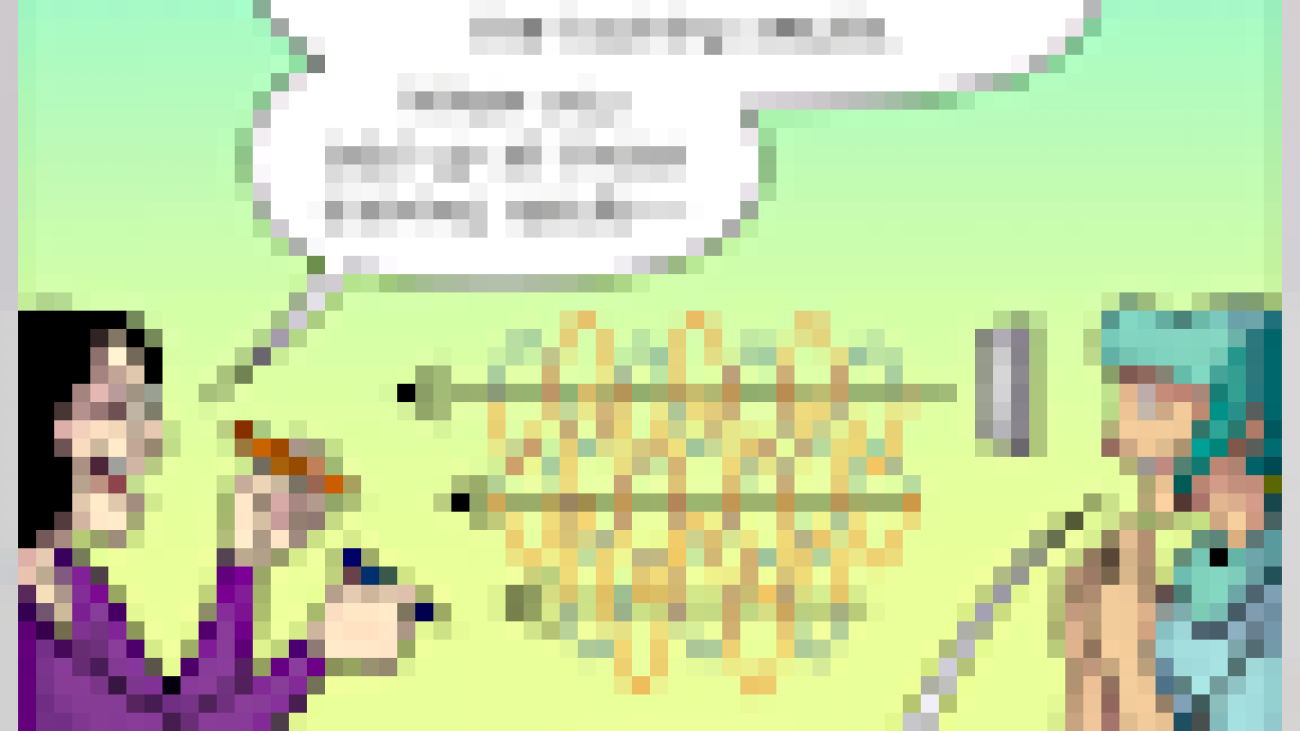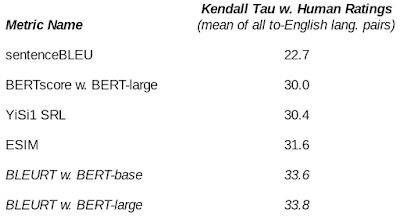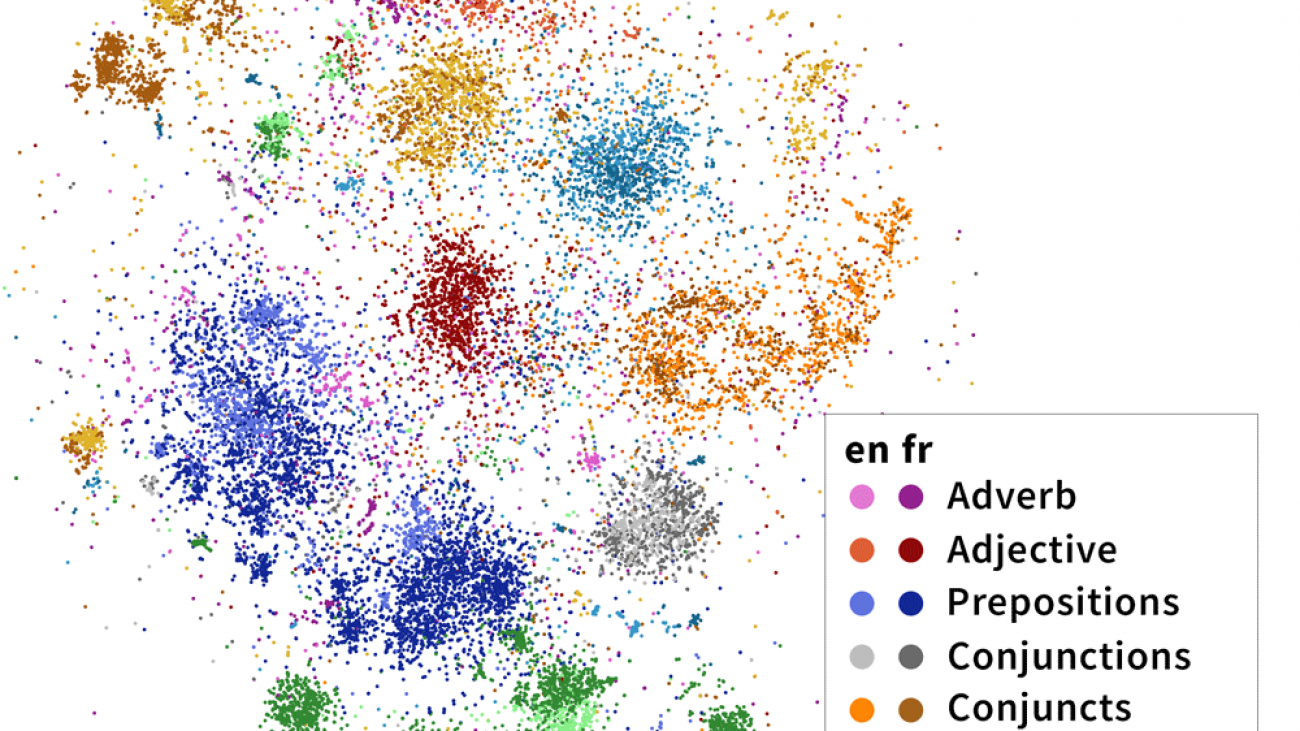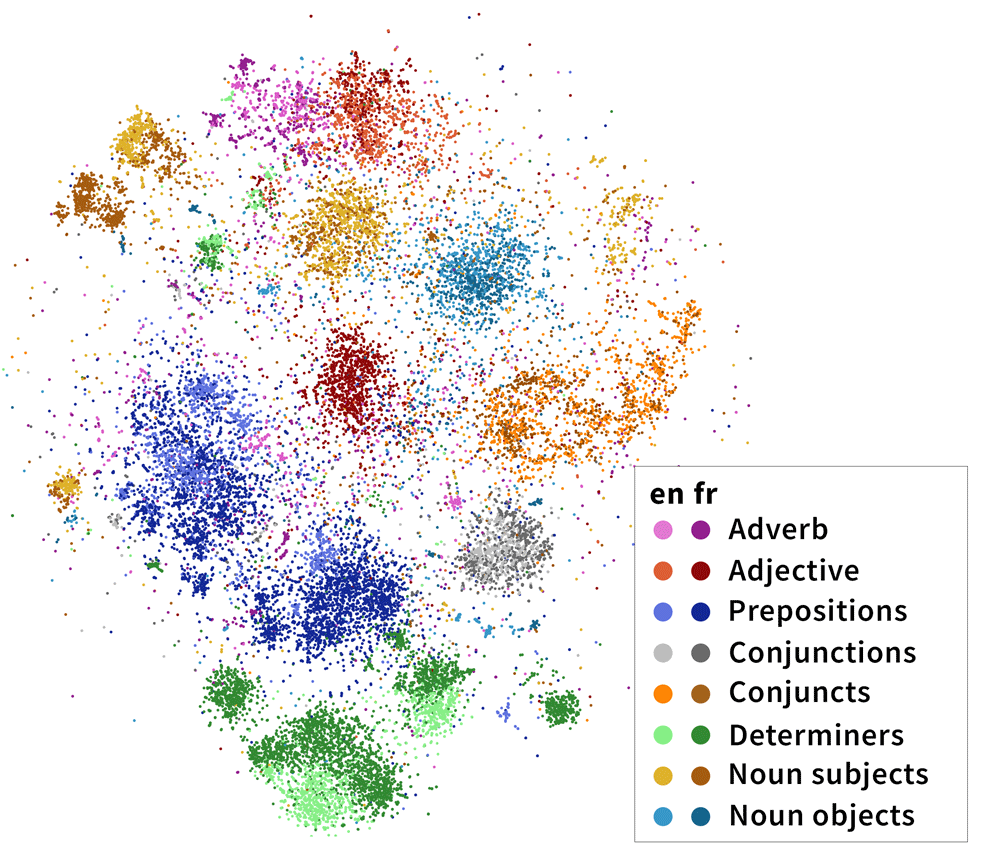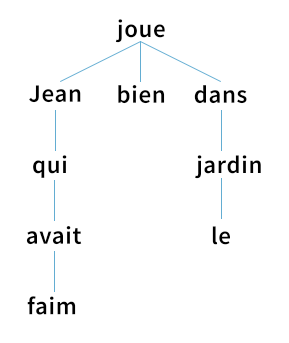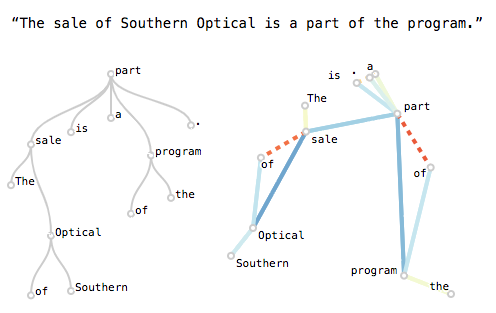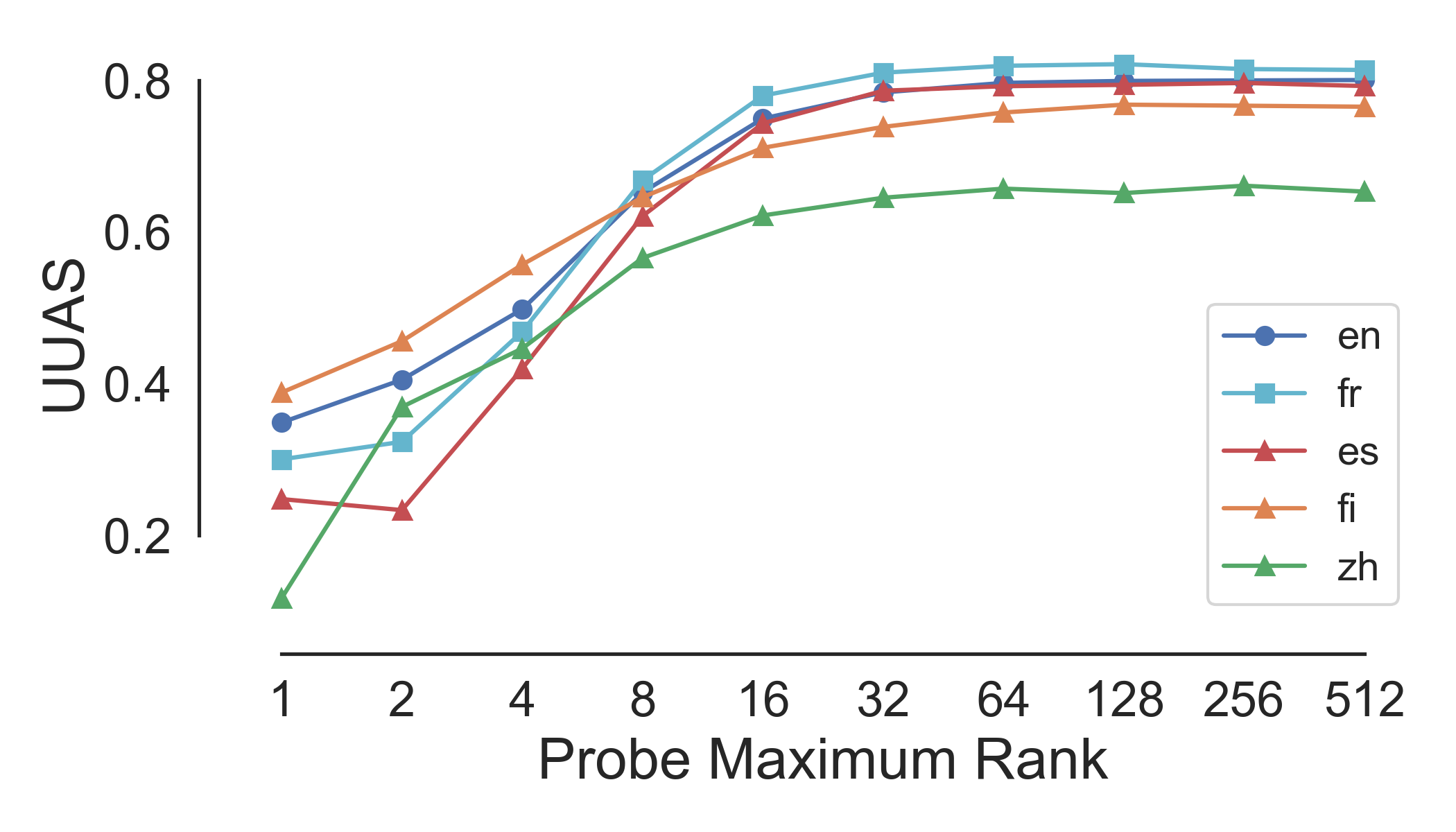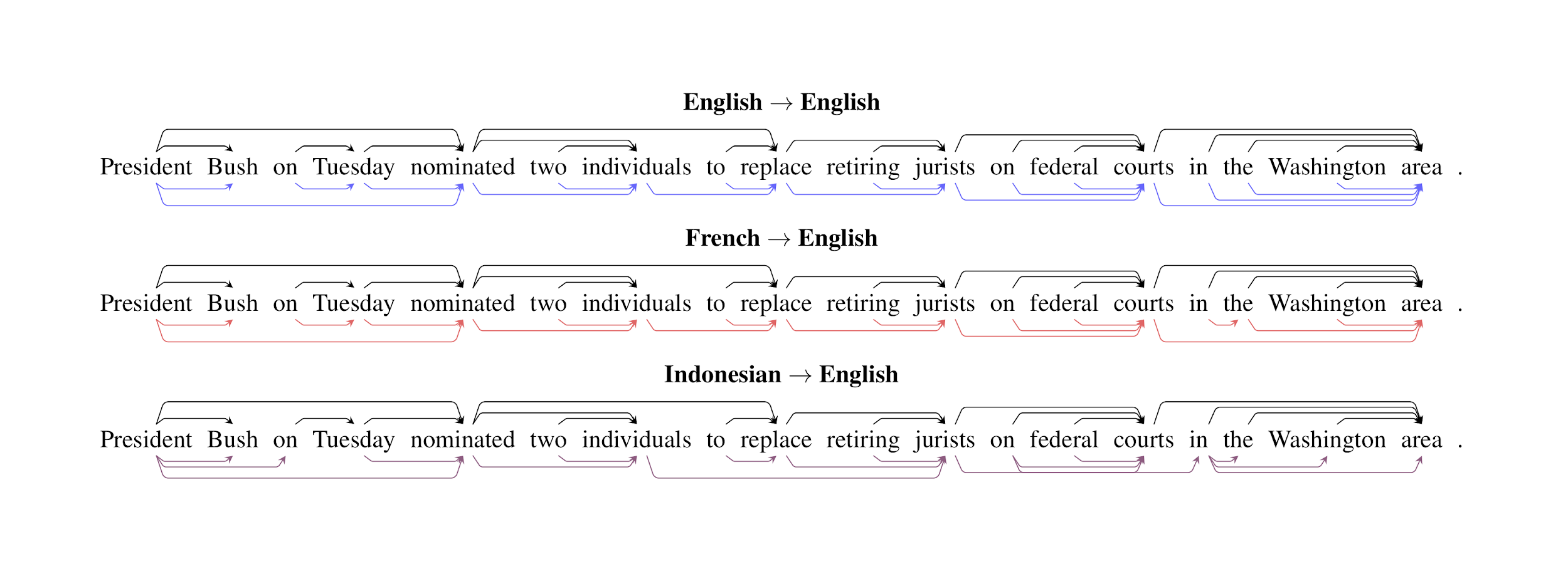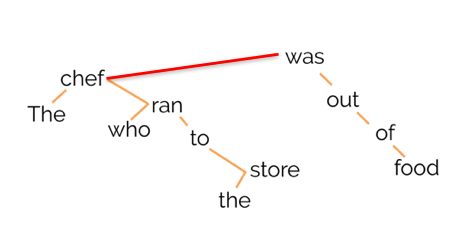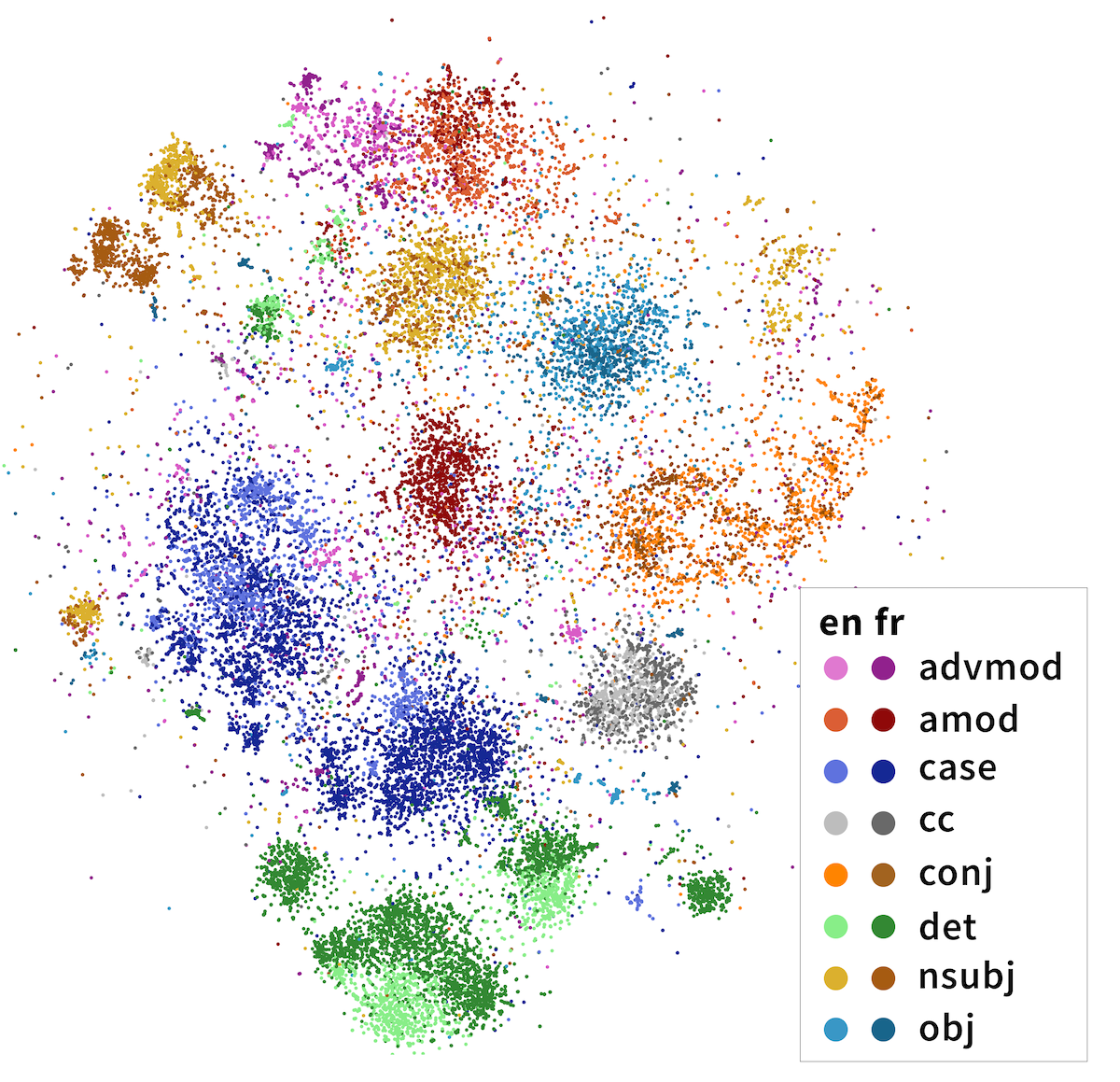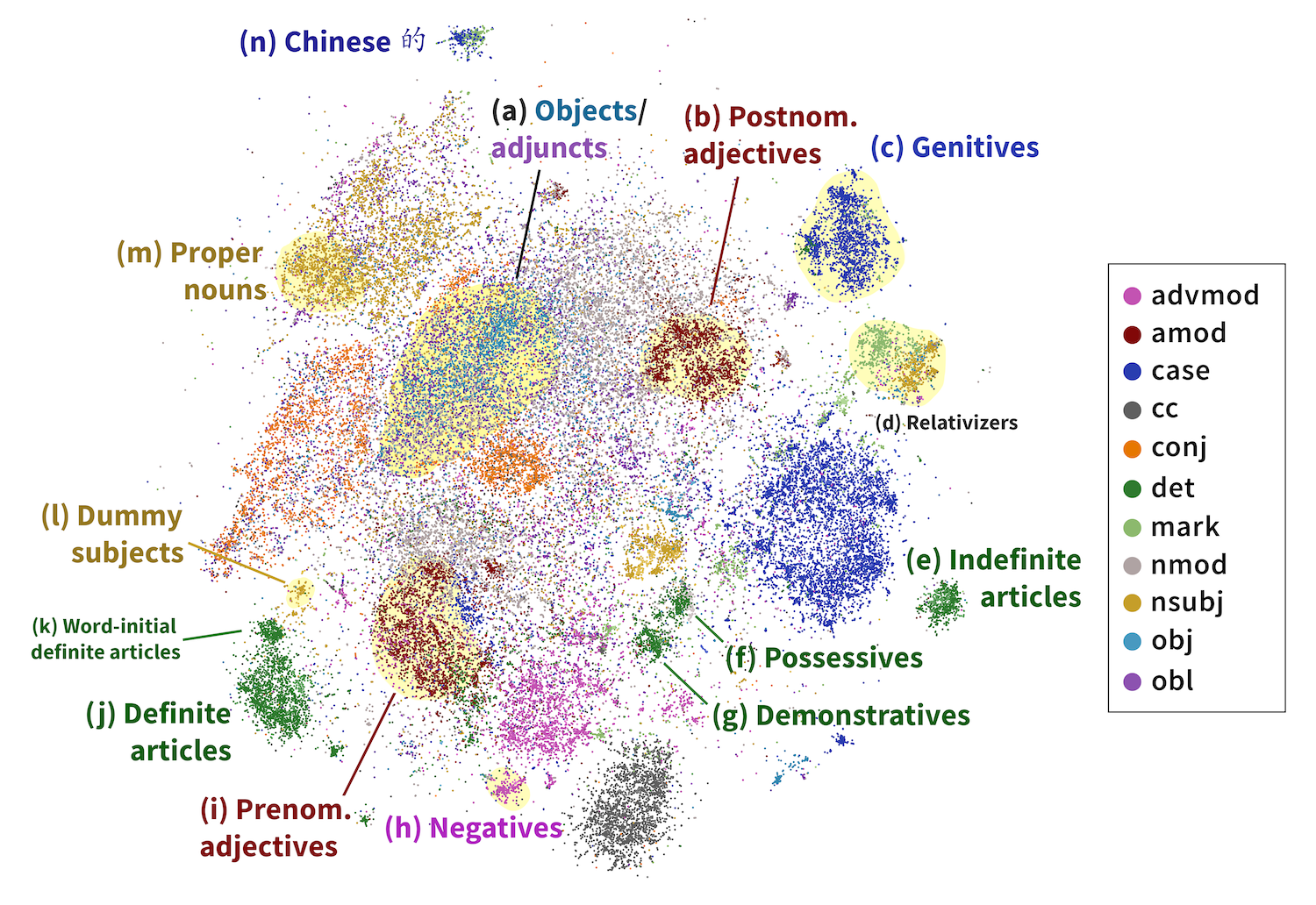Posted by Daniel Ramage, Research Scientist and Stefano Mazzocchi, Software Engineer, Google Research
Federated learning, introduced in 2017, enables developers to train machine learning (ML) models across many devices without centralized data collection, ensuring that only the user has a copy of their data, and is used to power experiences like suggesting next words and expressions in Gboard for Android and improving the quality of smart replies in Android Messages. Following the success of these applications, there is a growing interest in using federated technologies to answer more basic questions about decentralized data — like computing counts or rates — that often don’t involve ML at all. Analyzing user behavior through these techniques can lead to better products, but it is essential to ensure that the underlying data remains private and secure.
Today we’re introducing federated analytics, the practice of applying data science methods to the analysis of raw data that is stored locally on users’ devices. Like federated learning, it works by running local computations over each device’s data, and only making the aggregated results — and never any data from a particular device — available to product engineers. Unlike federated learning, however, federated analytics aims to support basic data science needs. This post describes the basic methodologies of federated analytics that were developed in the pursuit of federated learning, how we extended those insights into new domains, and how recent advances in federated technologies enable better accuracy and privacy for a growing range of data science needs.
Origin of Federated Analytics
The first exploration into federated analytics was in support of federated learning: how can engineers measure the quality of federated learning models against real-world data when that data is not available in a data center? The answer was to re-use the federated learning infrastructure but without the learning part. In federated learning, the model definition can include not only the loss function that is to be optimized, but also code to compute metrics that indicate the quality of the model’s predictions. We could use this code to directly evaluate model quality on phones’ data.
As an example, Gboard engineers measured the overall quality of next word prediction models against raw typing data held on users’ phones. Participating phones downloaded a candidate model, locally computed a metric of how well the model’s predictions matched the words that were actually typed, and then uploaded the metric without any adjustment to the model’s weights or any change to the Gboard typing experience. By averaging the metrics uploaded by many phones, engineers learned a population-level summary of model performance. The technique also easily extended to estimate basic statistics like dataset sizes.
Federated Analytics for Song Recognition Measurement
Beyond model evaluation, federated analytics is used to support the Now Playing feature on Google’s Pixel phones, a tool that shows you what song is playing in the room around you. Under the hood, Now Playing uses an on-device database of song fingerprints to identify music playing near the phone without the need for a network connection. The architecture is good for privacy and for users — it is fast, works offline, and no raw or processed audio data leaves the phone. Because every phone in a region receives the same database, and only songs in the database can be recognized, it’s important for the database to hold the right songs.
To measure and improve each regional database quality, engineers needed to answer a basic question: which of its songs are most often recognized? Federated analytics provides an answer without revealing which songs are heard by any individual phone. It is enabled for users who agreed to send device related usage and diagnostics information to Google.
When Now Playing recognizes a song, it records the track name into the on-device Now Playing history, where users can see recently recognized songs and add them to a music app’s playlist. Later, when the phone is idle, plugged in, and connected to WiFi, Google’s federated learning and analytics server may invite the phone to join a “round” of federated analytics computation, along with several hundred other phones. Each phone in the round computes the recognition rate for the songs in its Now Playing History, and uses the secure aggregation protocol to encrypt the results. The encrypted rates are sent to the federated analytics server, which does not have the keys to decrypt them individually. But when combined with the encrypted counts from the other phones in the round, the final tally of all song counts (and nothing else) can be decrypted by the server.
The result enables Google engineers to improve the song database (for example, by making sure the database contains truly popular songs), without any phone revealing which songs were heard. In its first improvement iteration, this resulted in a 5% increase in overall song recognition across all Pixel phones globally.
Protecting Federated Analytics with Secure Aggregation
Secure aggregation can enable stronger privacy properties for federated analytics applications. For intuition about the secure aggregation protocol, consider a simpler version of the song recognition measurement problem. Let’s say that Rakshita wants to know how often her friends Emily and Zheng have listened to a particular song. Emily has heard it SEmily times and Zheng SZheng times, but neither is comfortable sharing their counts with Rakshita or each other. Instead, the trio could perform a secure aggregation: Emily and Zheng meet to decide on a random number M, which they keep secret from Rakshita. Emily reveals to Rakshita the sum SEmily + M, while Zheng reveals the difference SZheng – M. Rakshita sees two numbers that are effectively random (they are masked by M), but she can add them together (SEmily + M) + (SZheng – M) = SEmily + SZheng to reveal the total number of times that the song was heard by both Emily and Zheng.
The privacy properties of this approach can be strengthened by summing over more people or by adding small random values to the counts (e.g. in support of differential privacy). For Now Playing, song recognition rates from hundreds of devices are summed together, before the result is revealed to the engineers.
 |
| An illustration of the secure aggregation protocol, from the federated learning comic book. |
Toward Learning and Analytics with Greater Privacy
The methods of federated analytics are an active area of research and already go beyond analyzing metrics and counts. Sometimes, training ML models with federated learning can be used for obtaining aggregate insights about on-device data, without any of the raw data leaving the devices. For example, Gboard engineers wanted to discover new words commonly typed by users and add them to dictionaries used for spell-checking and typing suggestions, all without being able to see any words that users typed. They did it by training a character-level recurrent neural network on phones, using only the words typed on these phones that were not already in the global dictionary. No typed words ever left the phones, but the resulting model could then be used in the datacenter to generate samples of frequently typed character sequences – the new words!
We are also developing techniques for answering even more ambiguous questions on decentralized datasets like “what patterns in the data are difficult for my model to recognize?” by training federated generative models. And we’re exploring ways to apply user-level differentially private model training to further ensure that these models do not encode information unique to any one user.
Google’s commitment to our privacy principles means pushing the state of the art in safeguarding user data, be it through differential privacy in the data center or advances in privacy during data collection. Google’s earliest system for decentralized data analysis, RAPPOR, was introduced in 2014, and we’ve learned a lot about making effective decisions even with a great deal of noise (often introduced for local differential privacy) since. Federated analytics continues this line of work.
It’s still early days for the federated analytics approach and more progress is needed to answer many common data science questions with good accuracy. The recent Advances and Open Problems in Federated Learning paper offers a comprehensive survey of federated research, while Federated Heavy Hitters Discovery with Differential Privacy introduces a federated analytics method for the discovery of most frequent items in the dataset. Federated analytics enables us to think about data science differently, with decentralized data and privacy-preserving aggregation in a central role. We welcome new contributions and extensions in this emerging field.
Acknowledgments
This post reflects the work of many people, including Blaise Agüera y Arcas, Galen Andrew, Sean Augenstein, Françoise Beaufays, Kallista Bonawitz, Mingqing Chen, Hubert Eichner, Úlfar Erlingsson, Christian Frank, Anna Goralska, Marco Gruteser, Alex Ingerman, Vladimir Ivanov, Peter Kairouz, Chloé Kiddon, Ben Kreuter, Alison Lentz, Wei Li, Xu Liu, Antonio Marcedone, Rajiv Mathews, Brendan McMahan, Tom Ouyang, Sarvar Patel, Swaroop Ramaswamy, Aaron Segal, Karn Seth, Haicheng Sun, Timon Van Overveldt, Sergei Vassilvitskii, Scott Wegner, Yuanbo Zhang, Li Zhang, and Wennan Zhu.

